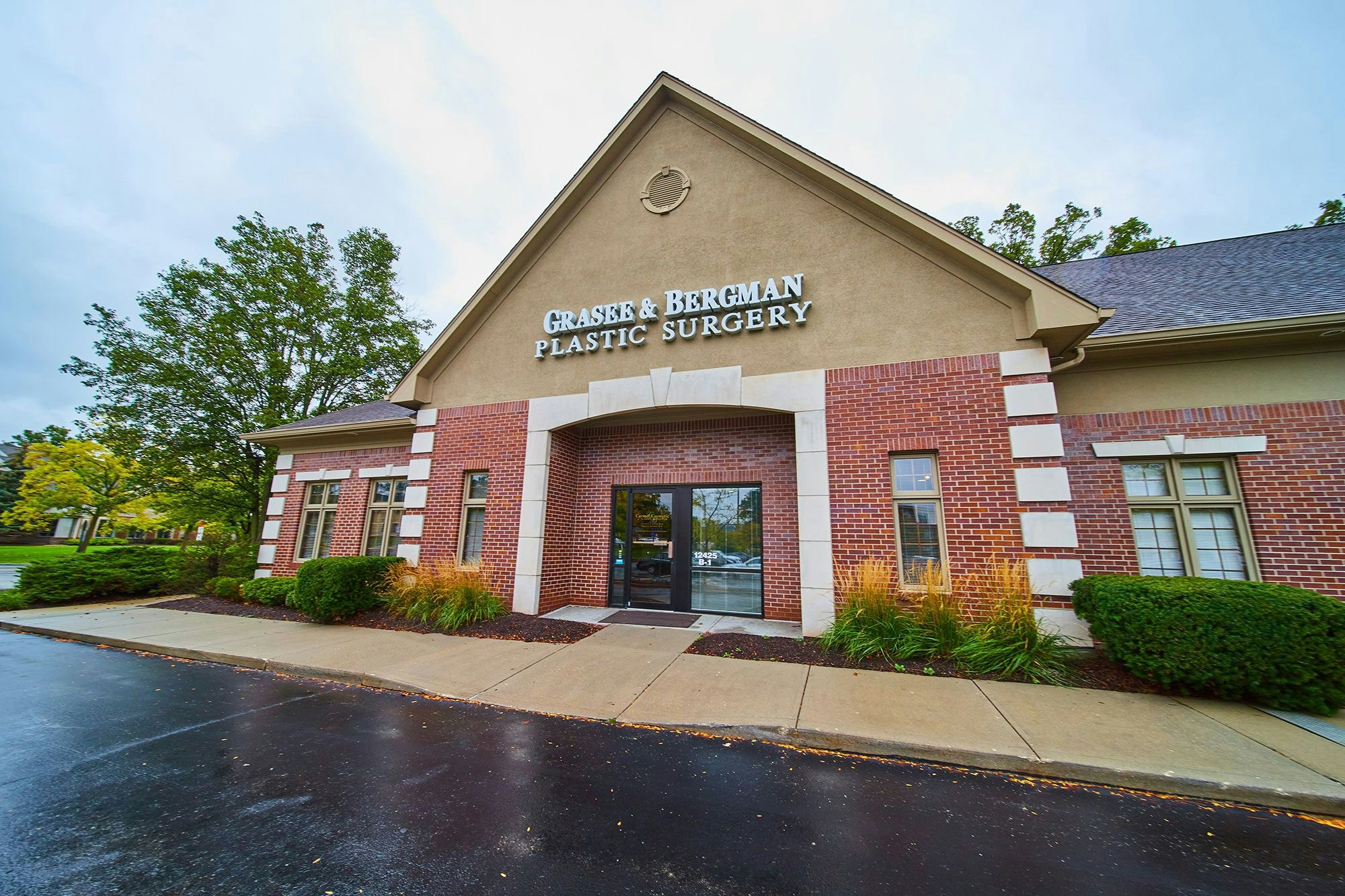Tummy Tuck (Abdominoplasty) Recovery
![]() Body Contouring Surgery
Body Contouring Surgery
After a person loses a lot of weight, his or her body is bound to undergo a number of different changes. The most noticeable change will involve skin that sags or droops. The reason for this is the nature of skin laxity. While skin can expand as a person gains weight, it can only contract so far. Hence the sagging skin that people have after surgical weight loss, natural weight loss, or having a baby. Since the skin will not regain all of its elasticity on its own or through the use of non-surgical treatments, the only option is body contouring surgery. Tummy tuck (abdominoplasty) in particular is the best option for removing excess skin around the abdominal area after major weight loss.
About Tummy Tuck (Abdominoplasty)
Tummy tuck surgery is a common body sculpting option designed to remove excess skin of the lower abdominal area. Tummy tuck is also an effective treatment for stretch marks in the lower abdominal region. Best of all, the scars from tummy tuck surgery can be concealed by most bathing suits and undergarments.
What happens during tummy tuck surgery?
The surgeon will make a horizontal incision along the lower abdominal region. In a traditional tummy tuck, this incision will span from one hipbone to the other just above the pubis. An additional incision is then made around the belly button. Next, the skin is elevated all the way up to the level of the xiphoid process. The abdominal muscles are then tightened to help provide a firmer abdomen. A new opening is then made for the belly button once the skin has been pulled tight and repositioned. Finally, the excess skin is removed prior to closing. Liposuction may be used to help remove any fat deposits in the abdominal area as well.
Tummy Tuck Variations
The surgical incisions can be adjusted based on the needs of each patient. A mini tummy tuck, for example, may only involve a short incision along the lower abdominal region. An extended tummy tuck may involve an incision that extends from the back of one hipbone along the lower abdomen to the back of the other hipbone.
Recovering from Tummy Tuck Surgery
The Indianapolis area plastic surgeons here are Carmel Cosmetic & Plastic Surgeons will give you detailed pre-operative and post-operative instructions to ensure you experience as few complications as possible. Here is a brief rundown of what to expect.
The First Week After Tummy Tuck Surgery
It’s common for most tummy tuck patients to stay in the hospital overnight in order for their condition to be monitored. In the first days after surgery, swelling, discomfort, and some degree of pain is common. It’s important that patients get a lot of rest during this period, keep their compression garments on, and avoid scratching or touching incision areas. That said, patients should also stand up and walk around a little the day of and hte days following surgery. By your first postoperative appointment approximately one week after surgery, stitches will be removed and any drains placed at the time of surgery may be removed as well.
The Weeks Following
Patients will need to wear their compressions garments for a few weeks after surgery to reduce swelling and ensure proper healing. By the end of the first week, patients are encouraged to engage in light exercise, such as walking or non-strenuous stretching. These will help reduce post-surgical discomfort, swelling, and the chance of developing blood clots. Any heavy lifting or strenuous physical activity will need to be avoided for four to six weeks.
Note that these are general estimates for recovery time. They may differ depending on the extent of your tummy tuck and if you undergo other body lift and contouring surgeries in combination with your tummy tuck.
Schedule a Consultation for Tummy Tuck Surgery
There is a lot more to keep in mind as you recover from tummy tuck surgery that we’d be happy to discuss with you in more detail at our practice. If you would like more information about tummy tuck and other options for body sculpting, contact Carmel Cosmetic & Plastic Surgeons today.

 Body Contouring Surgery
Body Contouring Surgery



